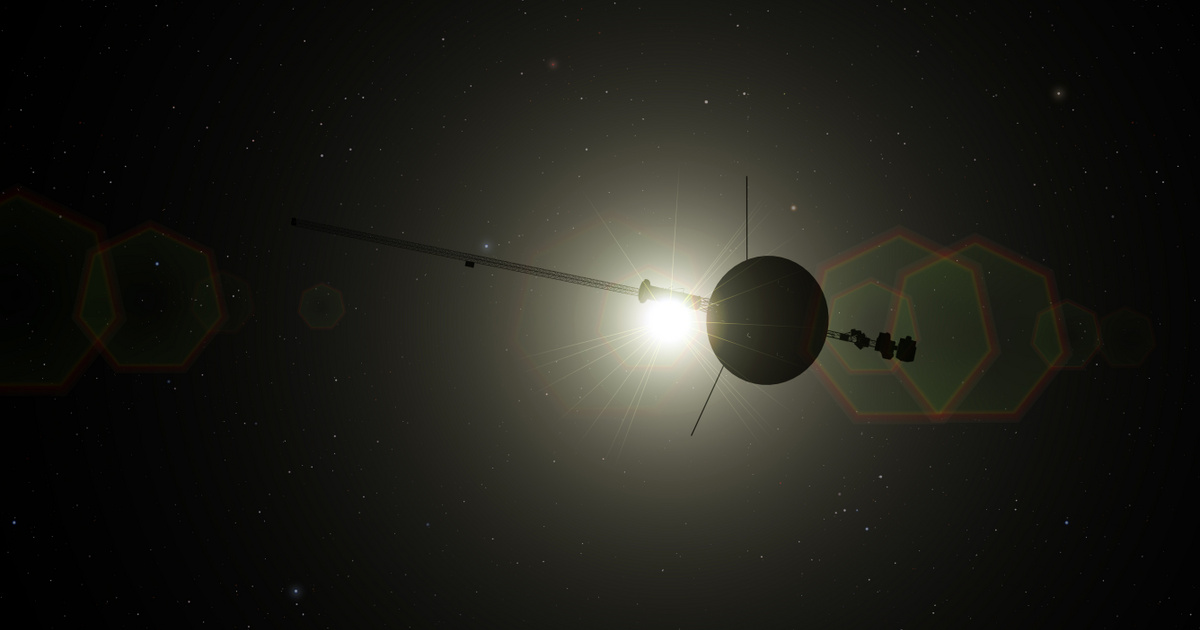NASA announced that the farthest man-made instrument from Earth is operating again and sending data from its four onboard science instruments. Voyager 1 left the confines of the solar system a decade ago, and since then it has been providing invaluable data about interstellar space, and the particles, plasma, and magnetic field that occur there.
Launched in 1977 to explore Saturn and Jupiter, the Voyager probes were originally scheduled to last 5 years, but are now approaching 50 years. It is particularly difficult to operate for several reasons: the engineers' tactic is to decommission the on-board systems that are falling out of service one by one, while the original device makers are increasingly dying out. According to experts, the smartest remote-controlled car key now has higher computing power than the space probe, which they are trying to keep alive based on old documents – and so far they have succeeded.
Voyager-1 came close to destruction several times due to mounting challenges. Most recently, the plane's on-board computer failed to handle data sent to ground control last November, and for months it only functioned as a self-replicating beacon.
After they were able to write and decrypt the affected device's memory, specialists identified the malfunctioning chip and developed a solution to circumvent the problem. In this way, in April this year, it was possible to obtain data from the two scientific instruments again, and two months later, data from all four instruments became available. It was not possible to effect the repair quickly because of the great distance, with the exchange of letters taking nearly two days.
The future fate of the space probe depends on two factors, both related to energy. If nothing else intervenes, the radiant power supply on board Voyager 1 is expected to provide enough power to operate until 2030. It is estimated that the Deep Space Network, which ensures communication, could receive its signals until 2036, which also depends On energy, i.e. the strength of signals.














































